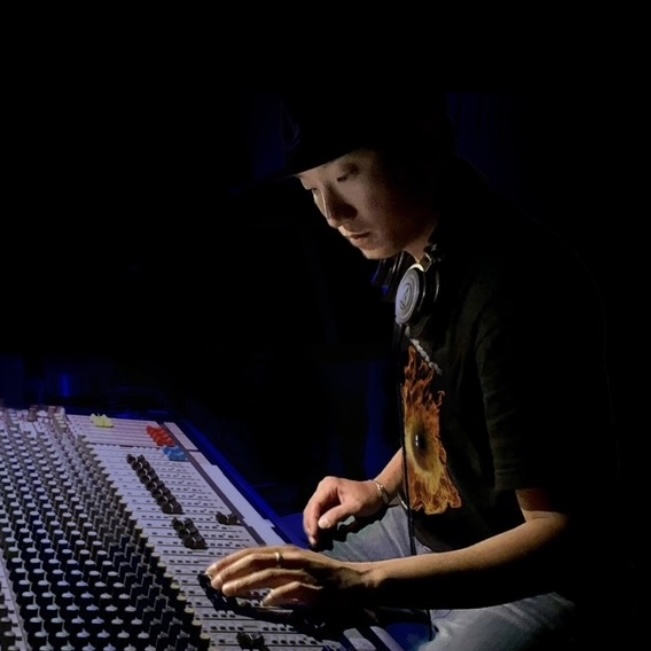Sponsorships & Brand: 101
- Patrick Amunson
- May 3
- 2 min read
Securing brand sponsorships and endorsements for independent musicians takes strategic positioning, clear storytelling, and the ability to offer value back to the brand. Here’s a structured approach to maximize your success:
Define Your Brand First
Before seeking sponsors, make sure you are brand-ready. This means:
Clear identity: What do you stand for? What’s your aesthetic, ethos, and audience?
Consistency: Across social media, music releases, press photos, and even your live shows.
EPK & AVI: Include bio, press photos, key metrics (followers, engagement, streams), demographics, past brand work if any, and contact info.
Opinion: A lot of indie artists jump the gun before they’ve figured out their own brand narrative. Don’t be that person.
Know Your Audience and Data
Sponsors don’t care how “good” your music is — they care about:
Who follows you
How engaged they are
How you influence them
Track your:
Instagram/Facebook/Youtube/TikTok metrics (use Meta Business Suite, TikTok Creator Tools, etc.)
Streaming analytics (Spotify for Artists, Apple Music for Artists)
Email list engagement (if you have one)
Use Meta Tracking Pixels for the best results
Bonus tip: Brands love niche audiences with high engagement even more than big, generic audiences.
Target Brands That Align With Your Vibe
Not every brand makes sense. Go after:
Lifestyle brands that share your aesthetic or values (fashion, gear, energy drinks, cannabis, etc.)
Local brands for early-stage sponsorships (breweries, streetwear, food trucks)
Tech or music gear companies (DAWs, headphones, plugins, etc.)
Do some soul-searching and match brand identities with your image. Alignment is everything.
Create a Value Proposition
Flip the script. Don’t just ask for a sponsorship — show how you’ll help them. Propose:
Content collaborations (Reels, TikToks, livestreams)
Product placements in music videos
Shoutouts or “day in the life” style product usage
Integration at shows or tours (on banners, giveaways, merch booths)
Make your pitch about them, not you.
Pitch Smart
Cold emailing is still effective if you do it right:
Research the right person (brand manager, social media coordinator, etc.)
Personalize your email. No templates.
Be concise but clear: who you are, your audience, what you’re proposing, and why it matters to them.
Also: keep the ask proportional to your influence. Don’t ask for $5k/month if your reach doesn’t justify it.
Leverage Existing Relationships
Ask your network if they have brand contacts.
Play events or showcases sponsored by brands to get on their radar.
If you’ve worked with small brands, use those wins as social proof when going after bigger ones.
Use Social Proof & Momentum
Once you land one sponsorship, document everything:
Screenshots of campaign results
BTS content of collabs
Reels showing the product in action
Then use those assets to land the next, bigger deal. It builds like a snowball.
Think Beyond Cash
Especially early on, you can trade for:
Free gear
Product drops
Studio time
Paid content collabs instead of traditional sponsorships
Then grow into paid opportunities once your value is clearly established.




Comments